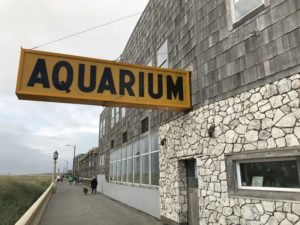 A recent road trip along the coast of Oregon added two new aquariums to my life list, now sitting at 52 aquariums worldwide. The two new ones couldn’t be any more different, but each was spectacular in its own way.
A recent road trip along the coast of Oregon added two new aquariums to my life list, now sitting at 52 aquariums worldwide. The two new ones couldn’t be any more different, but each was spectacular in its own way.
Oregon Coast Aquarium, Newport, OR
Newport is considered a small city, although it has a population approximately that of my home town, something over 10,000 people. Sitting on the coastline near the Hatfield Marine Science Center, this is the perfect spot for the Oregon Coast Aquarium. Acreage-wise, the aquarium is fairly equally split between indoor and outdoor exhibits.
Indoors are a series of buildings or rooms displaying different types of coastal ecosystems, e.g., sandy and rocky shores and coastal waters. There is also a large hall called “Big Bites” with information on larger fish. All this is after walking through a hall called “Secrets of the Shipwrecks” that takes advantage of the habitats created by offshore wrecks from previous ages. All of this is well done and amply communicated with signs and displays.
Outside are more “natural” habitats for sea otters, sea lions and harbor seals, an octopus cave, and seabird aviary. The otter feeding show was well done and easy to observe, but the sea lion area was too cramped and too far away to even glimpse the animals, which meant hoards of people jostling to try to see anything and completely ignoring the curator explanations. Likewise, the octopus loved is cave so much he couldn’t be seen by anyone no matter how much the tried. There is no “Central Tank,” but from the outside you also go into another building with three short walk-through viewing tubes where you could see fish from “Halibut Flats,” the “Open Sea,” and “Orford Reef.” Exiting this area (through an event room and small store) was a very short nature trail where you could look out over the Yaquina Bay Estuary, the harbor bridge, and the edge of the Hatfield Marine Lab, with which the aquarium has a research relationship.
Overall it was a nice aquarium with a lot to offer.
Seaside Aquarium, Seaside, OR
The contrast with the Seaside Aquarium is stark. Sitting at the end of a dead-end road fronting onto a wide resort beach, the Aquarium is marked by a huge sign that offers no doubt about where you are: AQUARIUM. It’s one of the oldest aquariums on the west coast, founded in 1937, and privately owned. Descendants of the original founders still run the aquarium.
For most, the biggest attraction is the tank in the front of the building holding 8-10 seals. People can opt to pay an extra $2 (over the $8 admission fee) for a dish of small fish to feed to the seals. The seals are well versed in how to manipulate the people crowded into the narrow “splash area,” offering up a variety of barks, side slaps, and often rather obnoxiously, wild splashing onto the patrons, all in begging for the next fish to be tossed over the fence. In one way this was very entertaining and the main draw; in another, it was depressing to see so many seals within a small tank begging for food.
To me the best part of the aquarium was the part most visitors probably don’t spend enough time in. Behind the seal tank is one big room edged with tanks set into the wall. All of the fish seem to be Pacific coastal fish or from deeper waters. There is some repetition, e.g., there were wolf eels in at least four different tanks (for the record, wolf eels are not actually true eels, which the signage duly explains). There were some unique fish like staghorn sculpin, and several octopuses (to make up for not finding the one in Newport). The room also contained a small “touch tank” area, a table with tiny sea slugs, kelp cucumbers, and other organisms displayed in bubble glassware so they could be easily seen, and some scientific displays. I was most impressed with these latter. The owners had clearly done significant research into their displays and put up ample low-tech signage explaining not only what was in the tanks, but key ecological and scientific facts about them.
I had low expectations of what Seaside Aquarium would be about. Not only have I seen some of the biggest aquariums in the world, but I had earlier that day had a local tell me the aquarium wasn’t much to see. So I was pleasantly surprised to find how much I liked it. It’s small, for sure, but with the little they have they do an exceptional job making it into an educational experience. And, of course, you get to be splashed in cramped quarters by obnoxiously entertaining seals.
Check out more on my Aquariums page.
David J. Kent is an avid science traveler and the author of Lincoln: The Man Who Saved America, in Barnes and Noble stores now. His previous books include Tesla: The Wizard of Electricity (2013) and Edison: The Inventor of the Modern World (2016) and two e-books: Nikola Tesla: Renewable Energy Ahead of Its Time and Abraham Lincoln and Nikola Tesla: Connected by Fate.
Check out my Goodreads author page. While you’re at it, “Like” my Facebook author page for more updates!
Like this:
Like Loading...




















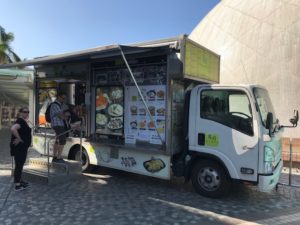
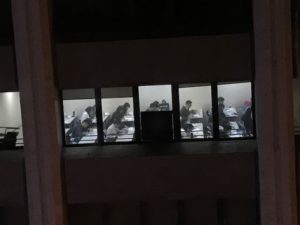
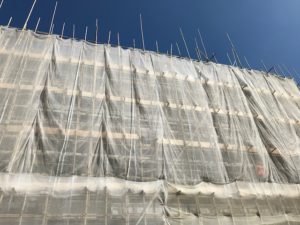



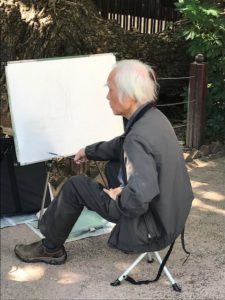
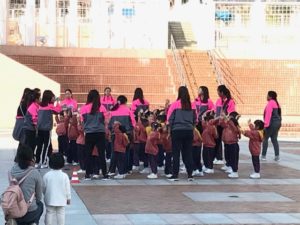
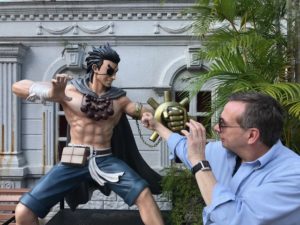
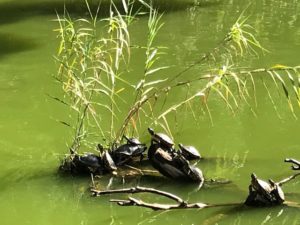
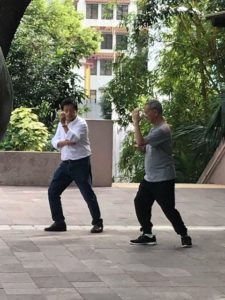
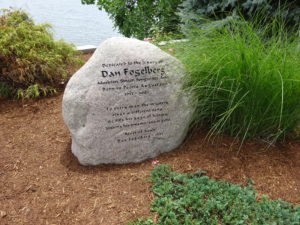 “Will it play in Peoria?” It did. They did. And I did. How a
“Will it play in Peoria?” It did. They did. And I did. How a 




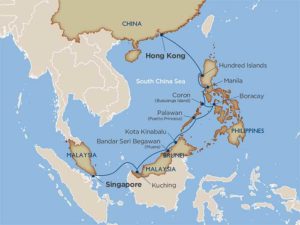 Traveling can take you back in time (as in, history)…or it can take you away in space (as in, geography; so far no actual space travel for me). I’m about to do both.
Traveling can take you back in time (as in, history)…or it can take you away in space (as in, geography; so far no actual space travel for me). I’m about to do both.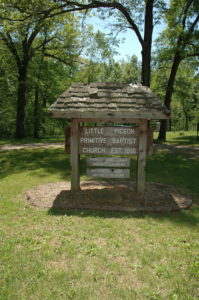 Directly across the road from the
Directly across the road from the 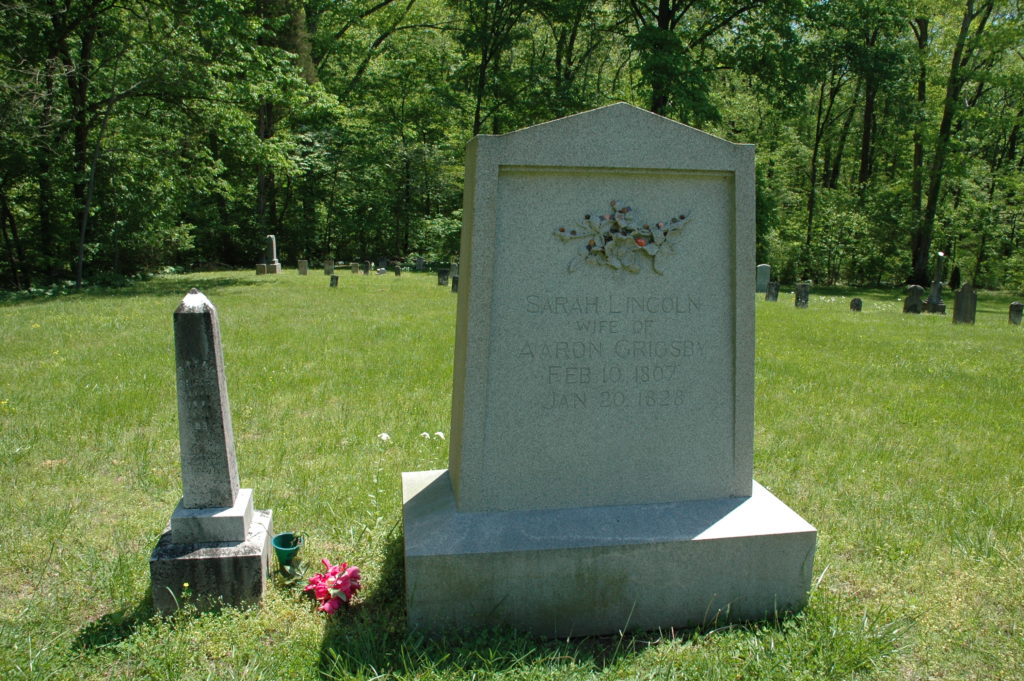

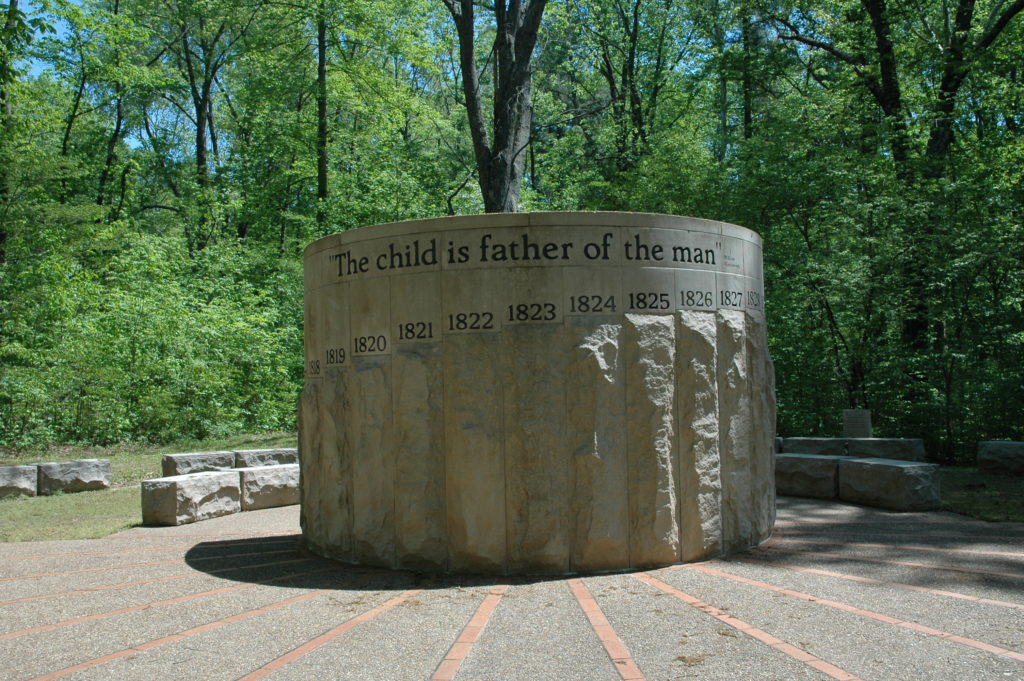
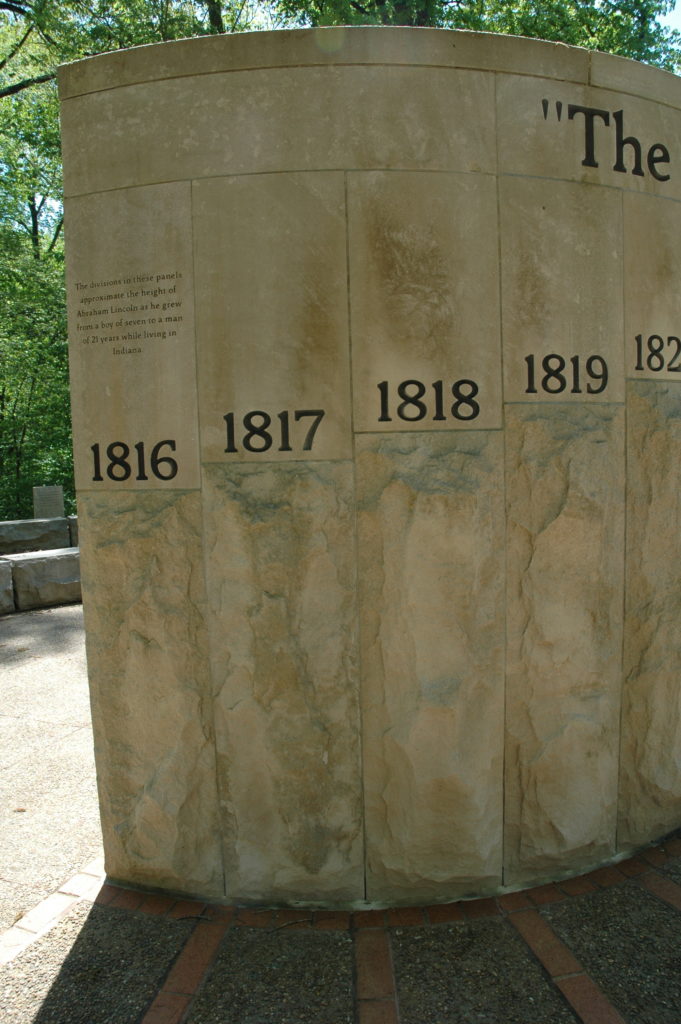
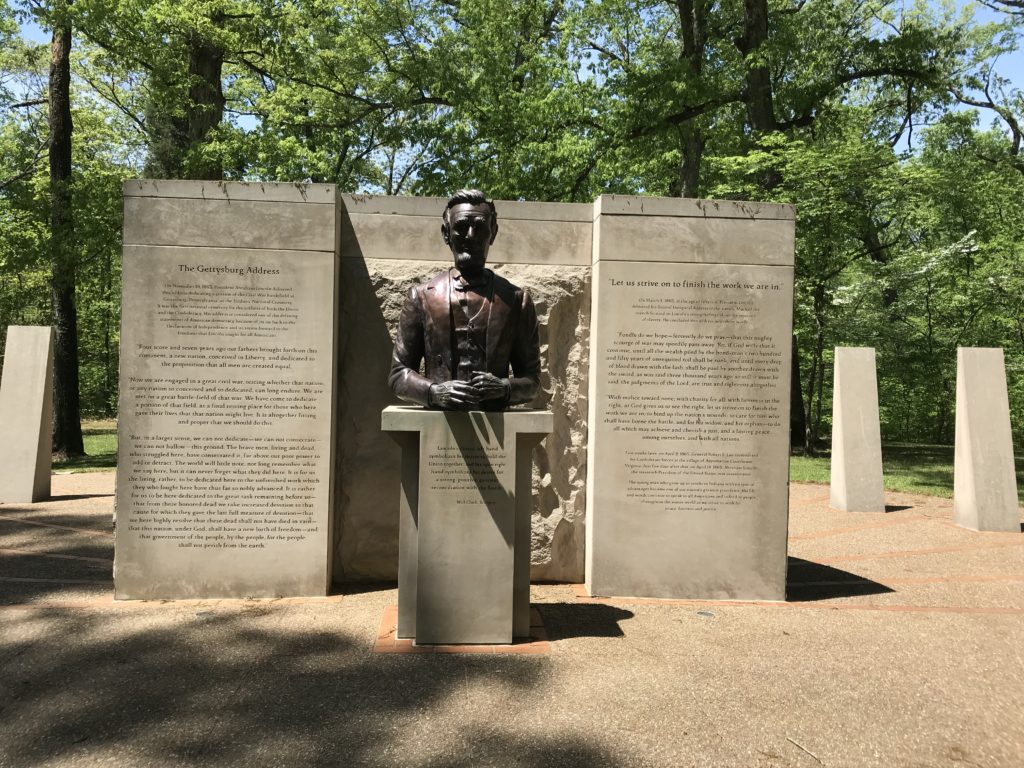
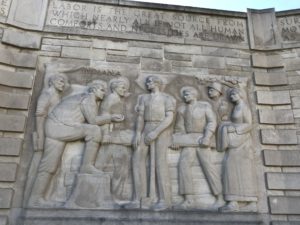 During my
During my  From here there is a short walk up a landscaped tree-line allee to the gravesite of Nancy Hanks Lincoln designed by Frederick Law Olmstead, Jr. Lincoln’s mother had died in 1818 of what was called “milk sickness,” later to be associated with cows eating the toxic white snakeroot plant. Her grave remained unmarked until a permanent marker was erected in 1879.
From here there is a short walk up a landscaped tree-line allee to the gravesite of Nancy Hanks Lincoln designed by Frederick Law Olmstead, Jr. Lincoln’s mother had died in 1818 of what was called “milk sickness,” later to be associated with cows eating the toxic white snakeroot plant. Her grave remained unmarked until a permanent marker was erected in 1879.


















 A recent road trip along the coast of Oregon added two new aquariums to my life list, now sitting at
A recent road trip along the coast of Oregon added two new aquariums to my life list, now sitting at 















